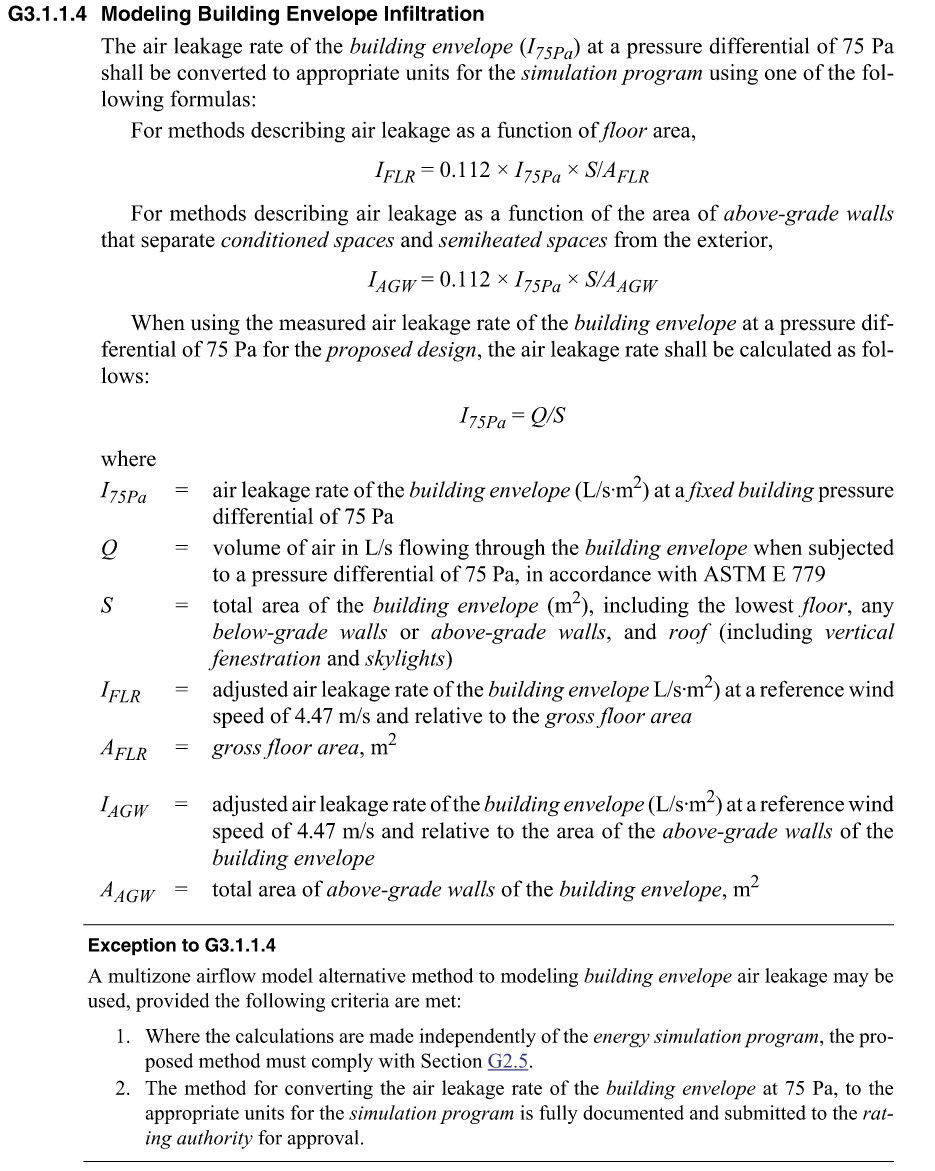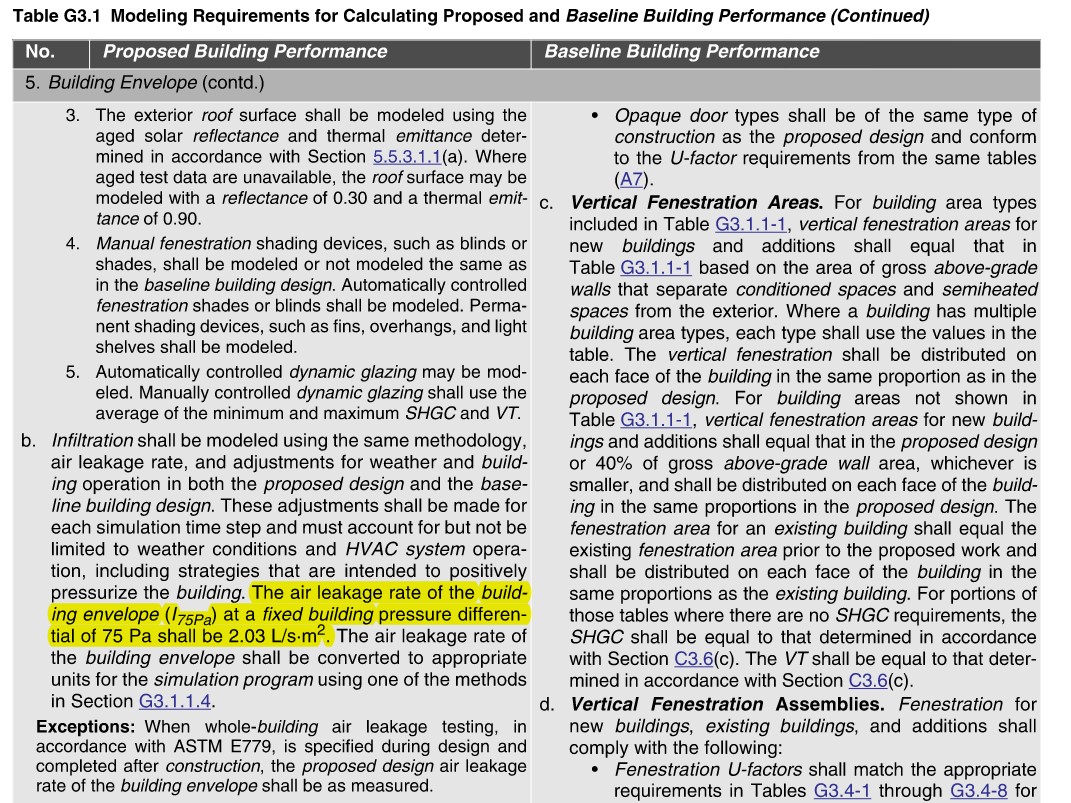Mall entrance infiltration modeling for LEED compliance
Hi there,
I am currently carrying out an energy modeling for a shopping mall. There are several entrances with vestibules. I was wondering if it would be required to account for the infiltration through the entrances, since it will have a high traffic. Have any of you faced this issue before? do you think this is required for LEED minimum energy performance credit compliance (ASRAE 90.1)? Sadly I could not find much information about it, and whether is necessary to account for this for not.
Thanks









@jferamo89 this question seems very similar to your other post. Can I close the other post if it is a duplicate?
Hi Aaron. Certainly. Close the other post, please. Thanks.